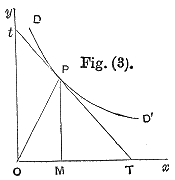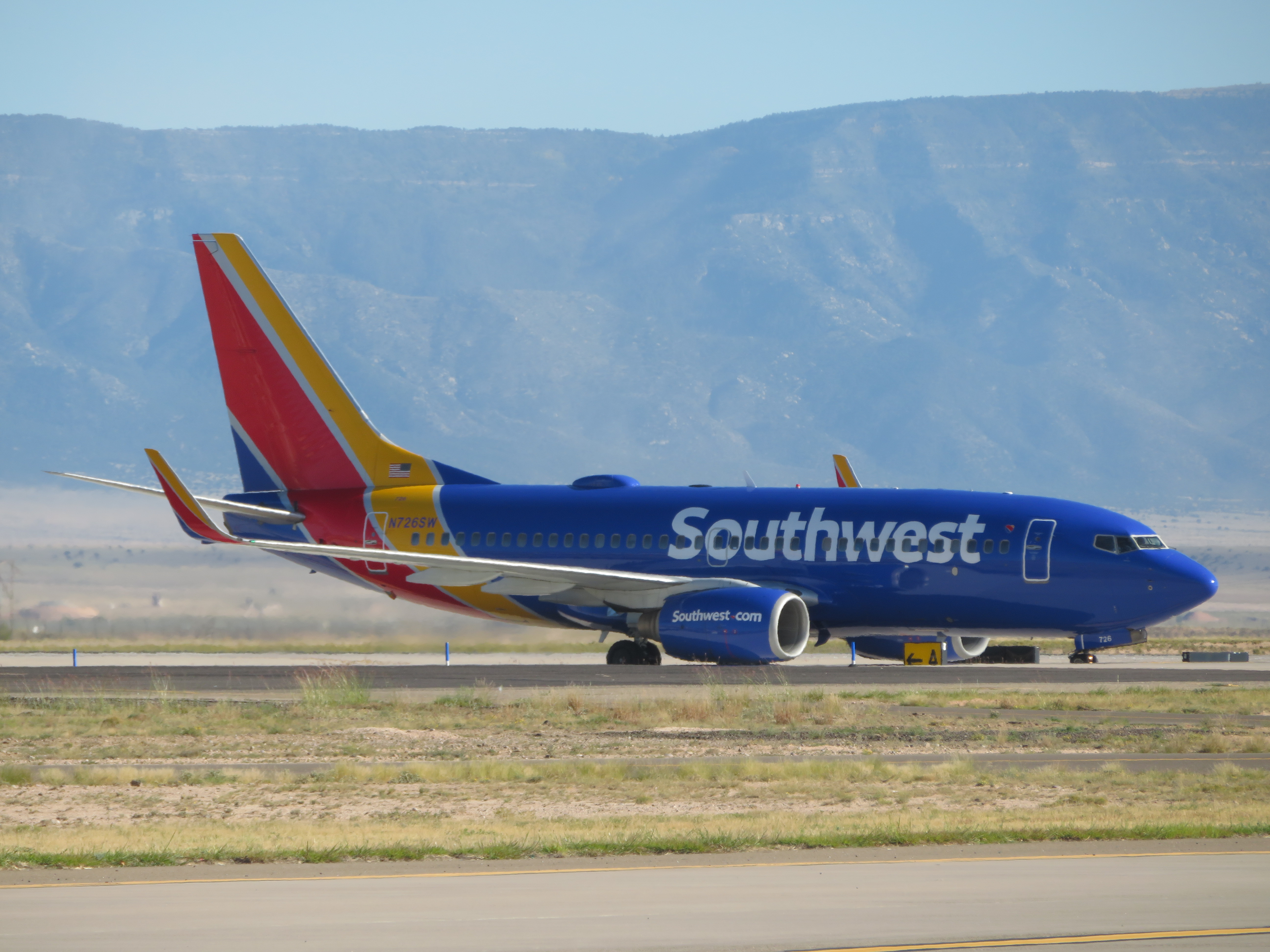|
Saturday-night Stay
Saturday-night stay is a rule used by airlines to separate business and leisure travelers. For travelers to qualify for a low round-trip airfare, some legacy carriers require them to spend Saturday night at their destination. The rule is based on the airlines' assumption that business travelers are more likely than leisure travelers to spend Saturday night at home. For example, a business traveler may depart on a Sunday or Monday and then return home that Friday or Saturday. Business travelers' demand for travel is less elastic and airlines attempt to increase their profits by price-discriminating business travelers and leisure travelers. Business travelers often do not pay for their tickets personally and may also be more loyal to a particular airline, and therefore are more likely to accept a higher price. In early 2000s, the Saturday-night stay rule vanished due to competition from low-cost carrier A low-cost carrier or low-cost airline (occasionally referred to as '' no ... [...More Info...] [...Related Items...] OR: [Wikipedia] [Google] [Baidu] |
Airfare
An airfare (otherwise known as a fare) is the fee paid by a passenger for air transport and is made up of the charge for a passenger to fly from an origin to destination and includes the conditions, rules and restrictions for travelling on the airfare. Airfares are typically made up of fare and rule components that define the airfare product, services and price and includes: origin/destination pair, fare class, one-way/round-trip indicator, fare amount, validity dates, mileage and other rules. To sell the airfares many airlines rely on inventory allocations within finite, alphabetically-defined sub-groups – “inventory buckets” – and fare codes for each fare sold. Airlines have sold airfares in this way since the beginning of commercial air travel and before computer reservations system's existed. As new computerized systems were gradually introduced to the air transport industry in the 1960s this method of defining airfares and managing them within fare codes was further deve ... [...More Info...] [...Related Items...] OR: [Wikipedia] [Google] [Baidu] |
Legacy Carrier
A legacy carrier, in the United States, is an airline that had established interstate routes before the beginning of the route liberalization permitted by the Airline Deregulation Act of 1978 and so was directly affected by that Act. Legacy carriers are distinct from low-cost carriers, which, in the United States, are generally new airlines and were started to compete in the newly deregulated industry. Background A typical characteristic of legacy carriers is that they usually provide higher quality services than a low-cost carrier; for example, a legacy carrier typically offers first class and business class seating, a frequent-flyer program, and exclusive airport lounges. Many legacy carriers are also members of an airline alliance through which they agree to provide those services to each other's passengers. Also, legacy carriers generally have better cabin services, such as meal service and in-flight entertainment. The term 'legacy carrier' has generally not been used outs ... [...More Info...] [...Related Items...] OR: [Wikipedia] [Google] [Baidu] |
Business Travel
Business travel is travel undertaken for work or business purposes, as opposed to other types of travel, such as for leisure purposes or regularly commuting between one's home and workplace. According to a survey, 88% small business owners enjoy business travel. Jobs involving business travel In the twenty-first century, many jobs involve periodic or frequent business travel. Common careers involving business travel include: * Salespeople * Sales engineers * Executives * Field engineers * Project managers * Trainers * Consultants Additionally, it is common to see doctors, nurses, and other medical professionals flying for work. Often lawyers, politicians, athletes, clergy, military, academics, and journalists conduct business travel on a regular basis. Negatives to business travel Employees who travel for work on a regular basis often experience loneliness, depression, and reduced mental health. In 2019, 1 in 5 business travelers reported business travel negatively affect ... [...More Info...] [...Related Items...] OR: [Wikipedia] [Google] [Baidu] |
Demand
In economics, demand is the quantity of a good that consumers are willing and able to purchase at various prices during a given time. The relationship between price and quantity demand is also called the demand curve. Demand for a specific item is a function of an item's perceived necessity, price, perceived quality, convenience, available alternatives, purchasers' disposable income and tastes, and many other options. Factors influencing demand Innumerable factors and circumstances affect a consumer's willingness or to buy a good. Some of the common factors are: The price of the commodity: The basic demand relationship is between potential prices of a good and the quantities that would be purchased at those prices. Generally, the relationship is negative, meaning that an increase in price will induce a decrease in the quantity demanded. This negative relationship is embodied in the downward slope of the consumer demand curve. The assumption of a negative relationship is reaso ... [...More Info...] [...Related Items...] OR: [Wikipedia] [Google] [Baidu] |
Elasticity Of Demand
A good's price elasticity of demand (E_d, PED) is a measure of how sensitive the quantity demanded is to its price. When the price rises, quantity demanded falls for almost any good, but it falls more for some than for others. The price elasticity gives the percentage change in quantity demanded when there is a one percent increase in price, holding everything else constant. If the elasticity is −2, that means a one percent price rise leads to a two percent decline in quantity demanded. Other elasticities measure how the quantity demanded changes with other variables (e.g. the income elasticity of demand for consumer income changes). Price elasticities are negative except in special cases. If a good is said to have an elasticity of 2, it almost always means that the good has an elasticity of −2 according to the formal definition. The phrase "more elastic" means that a good's elasticity has greater magnitude, ignoring the sign. Veblen and Giffen goods are two classes of good ... [...More Info...] [...Related Items...] OR: [Wikipedia] [Google] [Baidu] |
Economic Profit
In economics, profit is the difference between the revenue that an economic entity has received from its outputs and the total cost of its inputs. It is equal to total revenue minus total cost, including both explicit and implicit costs. It is different from accounting profit, which only relates to the explicit costs that appear on a firm's financial statements. An accountant measures the firm's accounting profit as the firm's total revenue minus only the firm's explicit costs. An economist includes all costs, both explicit and implicit costs, when analyzing a firm. Therefore, economic profit is smaller than accounting profit. ''Normal profit'' is often viewed in conjunction with economic profit. Normal profits in business refer to a situation where a company generates revenue that is equal to the total costs incurred in its operation, thus allowing it to remain operational in a competitive industry. It is the minimum profit level that a company can achieve to justify its con ... [...More Info...] [...Related Items...] OR: [Wikipedia] [Google] [Baidu] |
Price Discrimination
Price discrimination is a microeconomic pricing strategy where identical or largely similar goods or services are sold at different prices by the same provider in different markets. Price discrimination is distinguished from product differentiation by the more substantial difference in production cost for the differently priced products involved in the latter strategy. Price differentiation essentially relies on the variation in the customers' willingness to payApollo, M. (2014). Dual Pricing–Two Points of View (Citizen and Non-citizen) Case of Entrance Fees in Tourist Facilities in Nepal. Procedia - Social and Behavioral Sciences, 120, 414-422. https://doi.org/10.1016/j.sbspro.2014.02.119 and in the elasticity of their demand. For price discrimination to succeed, a firm must have market power, such as a dominant market share, product uniqueness, sole pricing power, etc. All prices under price discrimination are higher than the equilibrium price in a perfectly-competitive ma ... [...More Info...] [...Related Items...] OR: [Wikipedia] [Google] [Baidu] |
Low-cost Carrier
A low-cost carrier or low-cost airline (occasionally referred to as '' no-frills'', ''budget'' or '' discount carrier'' or ''airline'', and abbreviated as ''LCC'') is an airline that is operated with an especially high emphasis on minimizing operating costs and without some of the traditional services and amenities provided in the fare, resulting in lower fares and fewer comforts. To make up for revenue lost in decreased ticket prices, the airline may charge extra fees – such as for carry-on baggage. As of April 2020, the world's largest low-cost carrier is Southwest Airlines, which operates primarily in the United States, as well as in some surrounding areas. The term originated within the airline industry referring to airlines with a lower operating cost structure than their competitors. While the term is often applied to any carrier with low ticket prices and limited services, regardless of their operating models, low-cost carriers should not be confused with regional airl ... [...More Info...] [...Related Items...] OR: [Wikipedia] [Google] [Baidu] |



